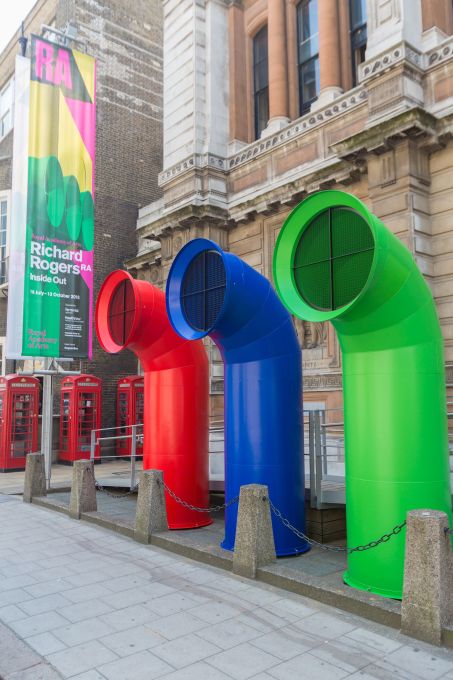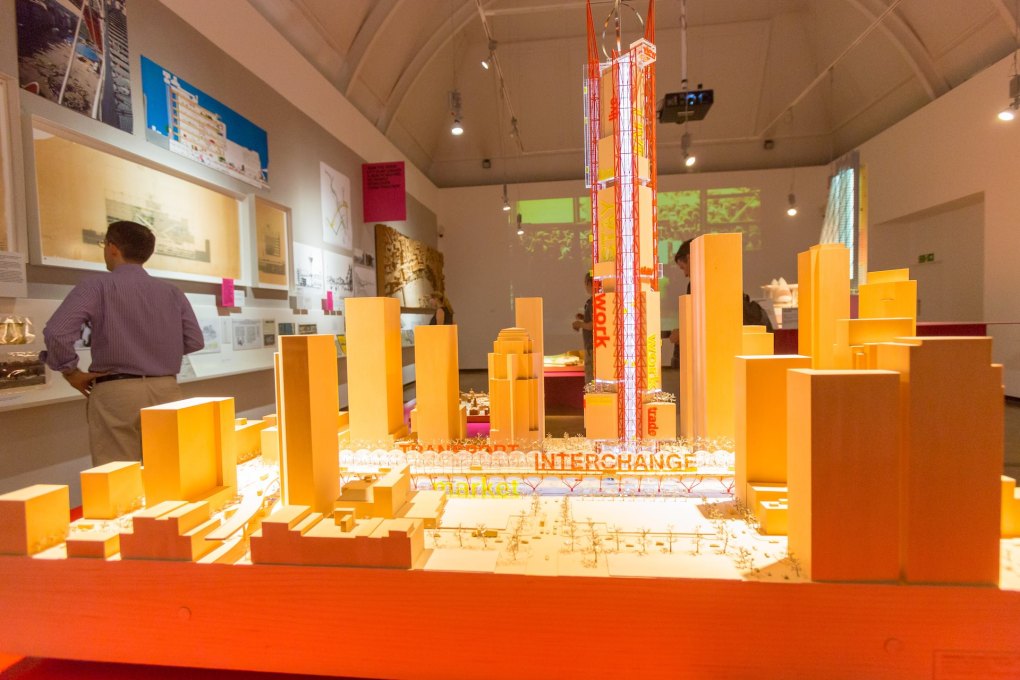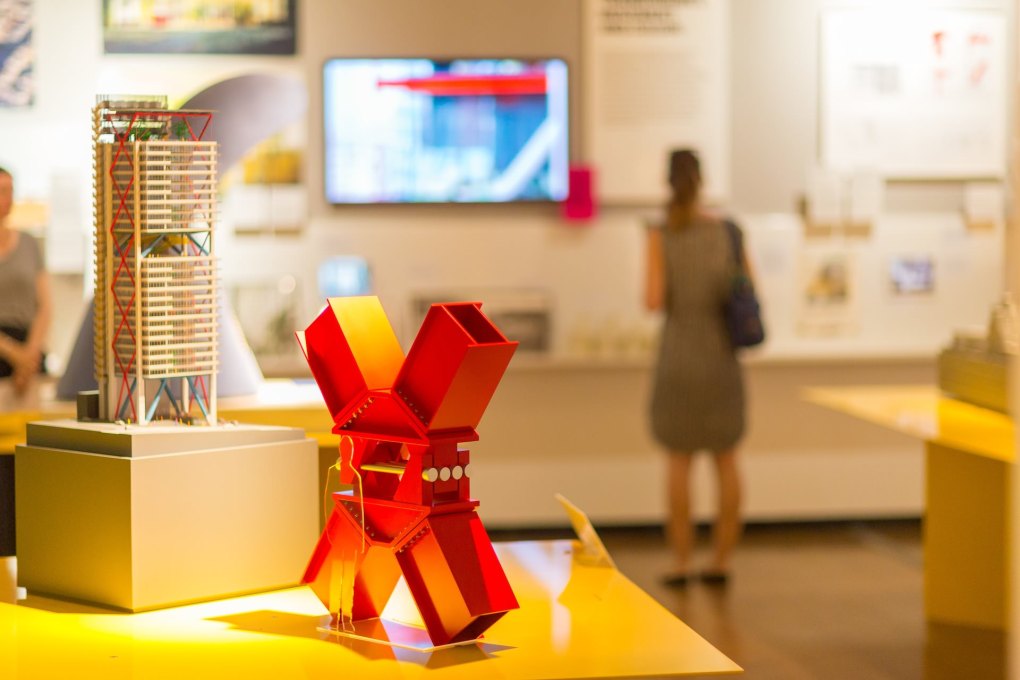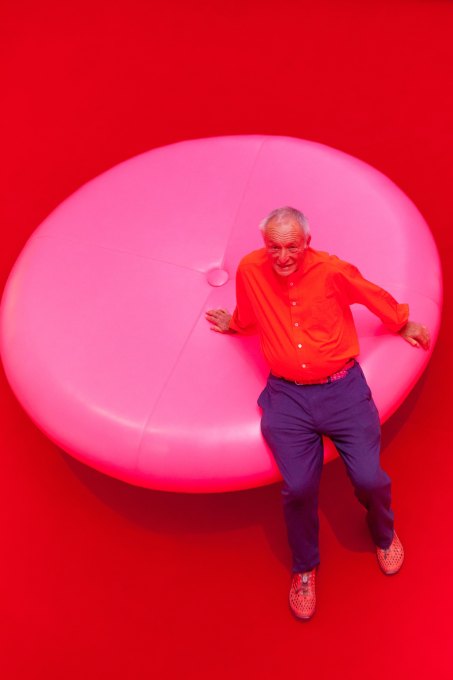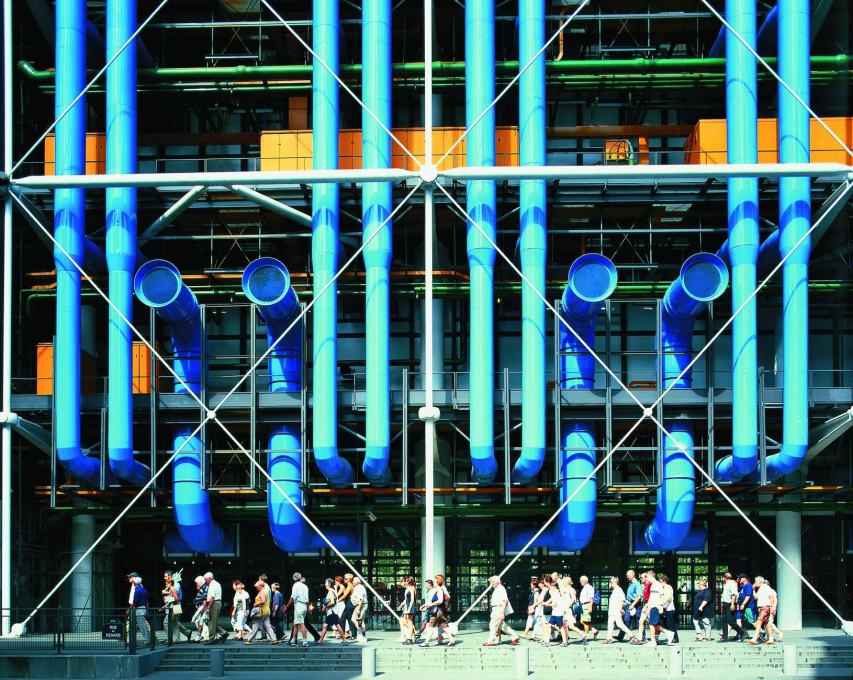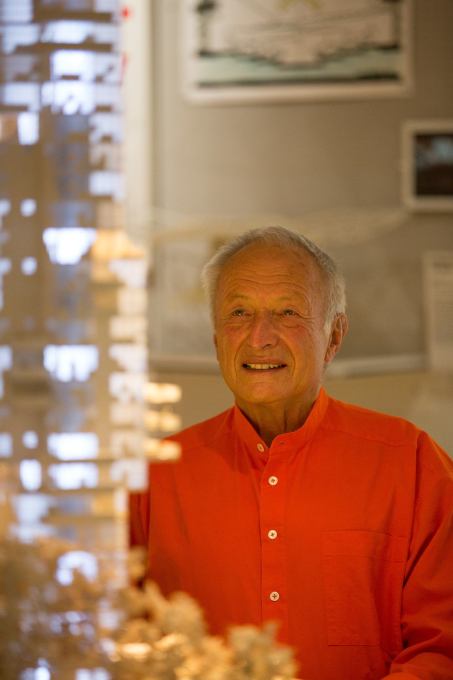Responsible for some of the world’s most iconic designs, Richard Rogers is one of the most important architects of our time – and also the subject of this year’s summer architecture exhibition at London’s Royal Academy (nicely timed to coincide with his 80th birthday on July 23rd). Kester Rattenbury visited for uncube, to find out how successfully the show Inside Out reflects the man and his practice.
Times change. The last really major Richard Rogers show at London’s Royal Academy was the daring New Architecture exhibition, featuring three architects not then getting much work in the UK: Norman Foster, James Stirling and Richard Rogers.
That was 1986. Rogers’ provocative exhibit was London As It Could Be: a polemic design for a new, dense, buzzing London, stuffed with cafés, arts venues, public art and riverside restaurants – which politicians dismissed out of hand. How far we’ve come. And how important Rogers has been in that change.
Rogers is now a shrewd choice for the RA to pilot a series of major architecture exhibitions. His shows naturally combine the popular and the radical, the commercial and the political, loads of bright colours, amazing models and drawings, still-challenging ideas and an astonishingly charismatic eighty-year-old front man. What more could you ask?
Inside Out is bang on message for the commercially buzzing and culturally vibrant city we’ve come (through him) to expect. It’s cool, bright, arty, pink: a mix of radical sixties innovation, commercial success and progressive civic thinking. It’s (sensibly) not chronological nor too smart, so mixing old and new, precious and rough, original drawings of the Pompidou with clips from James Bond and 3D-printed models covered in detail paper and felt tip.
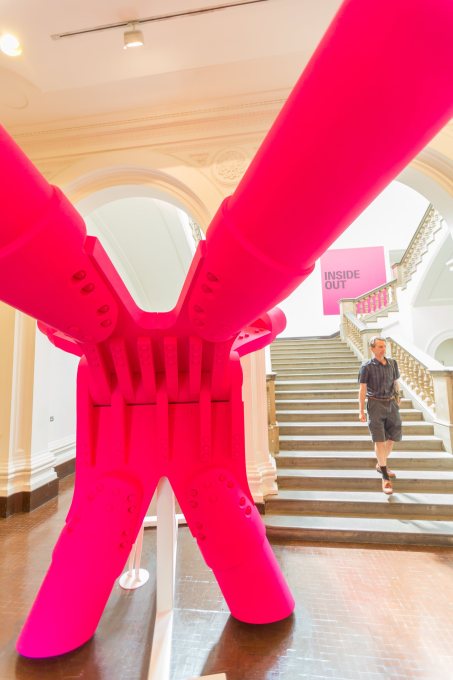
The problem for anyone producing Rogers’ shows or books is that this evergreen, vastly influential material is – for architects – so very, very famous. But anyone visiting or reading them knows that doesn't matter a bean. So the attempt to show the same material a bit differently (from, say, the Pompidou show of 2007) is both strength and weakness.
The great innovation is the “shelf” of eye-level “ideas” material: Reyner Banham’s Theory and Design; obituaries of Gianni Franchini and Ronald Dworkin; articles about Ruth Rogers’ River Café (once the office canteen); a letter from architect uncle Ernesto to baby “Dani” (Richard); Rogers’ really compelling notebooks, etc. It's a fabulous, revealing device, opening decades of commercial practice from an inventive inside out.
Other ideas might work well in practice. The pink foyer with videos and slogans does do the required indoctrination: (“I shall leave the city more beautiful than I entered it” quotes Rogers). The not-very-sexy forum space for debating his updated plan for London (“the biggest problem is the gap between the poorest and the rich”) could be really useful. The provision of free espresso (Thursdays to Sundays - he calls coffee “an excuse for exchanges of ideas”) is funny and functional.
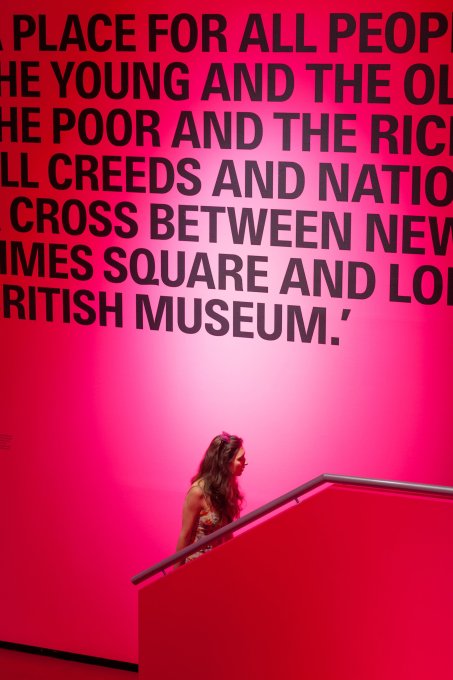
But hey, old is good too. Rogers’ most convincing arguments remain in the two truly great buildings of our age: Pompidou and Lloyd’s. And that same curatorial desire for innovation breaks them up and scatters them through the show – when it is showing them as real, complex, built, working architecture which demonstrates how this mass of technical, urban, human, experimental, challenging thinking can really change the world.
The Pompidou show had the huge advantage of being inside its own greatest exhibit. But actually, Inside Out could claim the same. It's housed inside a revivified London which has “never been better, during my 70 years here”. And that could be seen as Rogers’ biggest project of all.
Inside Out is at the Royal Academy's Burlington Gardens venue, London 18 July to 13 October.
– Kester Rattenbury is an architectural journalist, writer and critic based in London and a senior lecturer at Westminster University.




